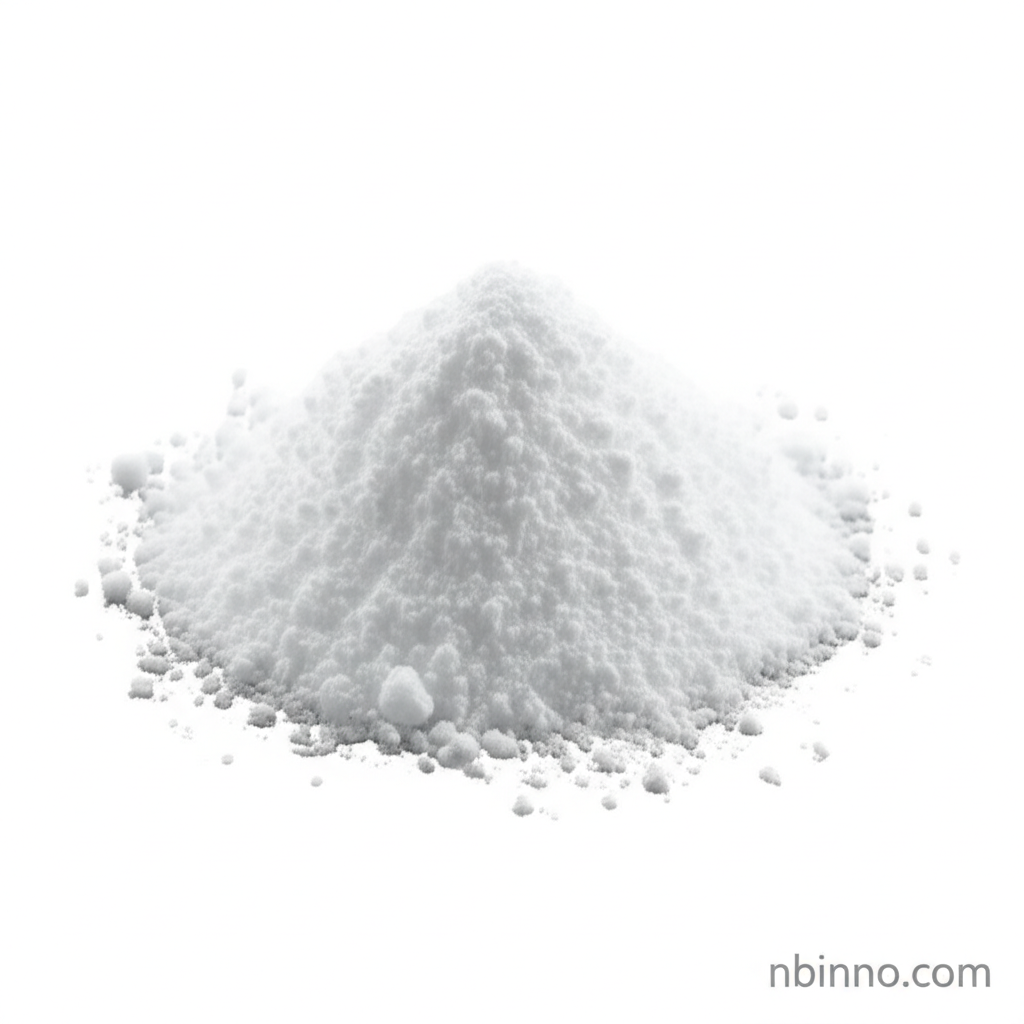3-Aminopropylsilanetriol: A Versatile Silane Coupling Agent for Enhanced Material Performance
Unlock superior material properties with our advanced silane coupling agent solutions.
Get a Quote & SampleProduct Core Value

(3-Aminopropyl)silanetriol
This article delves into (3-Aminopropyl)silanetriol (CAS 58160-99-9), a critical silane coupling agent renowned for its dual functionality. Possessing both a primary amine group and three silanol groups, it acts as a bridge between disparate materials, significantly enhancing adhesion, stability, and performance. Its unique structure makes it invaluable across various scientific and industrial disciplines, from advanced composites to sophisticated biomedical applications.
- Enhance material adhesion with silanes by leveraging the strong covalent bonds formed by the silanetriol groups with inorganic surfaces, a key aspect of its utility.
- Explore the applications of water-borne silane coupling agent applications in aqueous systems, a significant advantage offered by this compound's monomeric solubility.
- Understand how silane coupling agent for biomolecules can be utilized for covalent attachment of proteins and DNA, crucial for biosensors and diagnostic devices.
- Discover the role of silane coupling agent in drug delivery systems, facilitating targeted delivery and controlled release of therapeutic agents.
Key Advantages
Enhanced Interfacial Bonding
The bifunctional nature of (3-Aminopropyl)silanetriol enables robust covalent bonding between organic polymers and inorganic substrates, leading to superior mechanical properties and durability in composite materials.
Biocompatibility and Bio-conjugation
Its amine functionality allows for the easy immobilization of biomolecules, making it ideal for creating biosensors, biochips, and biocompatible coatings crucial for silane coupling agent for biomolecules research.
Versatile Surface Modification
The compound is essential for surface modification of various materials, altering surface properties for specific applications such as improving cell adhesion in tissue engineering or creating hydrophobic/hydrophilic surfaces.
Key Applications
Materials Science
Used as a critical component in developing advanced composites, adhesives, and coatings, enhancing mechanical strength, thermal stability, and adhesion, as explored in various enhance material adhesion with silanes studies.
Biotechnology
Essential for surface functionalization in biosensors and biochips, enabling the immobilization of proteins, enzymes, and DNA for studying biomolecular interactions and diagnostic purposes.
Pharmaceuticals
Key in developing drug delivery systems, where its amine group can attach targeting moieties and its silanol groups aid in drug loading for controlled release, a vital area of silane coupling agent in drug delivery research.
Cosmetics & Personal Care
Its mildness and stability make it a suitable additive in hair conditioners and body lotions, improving texture and performance.
